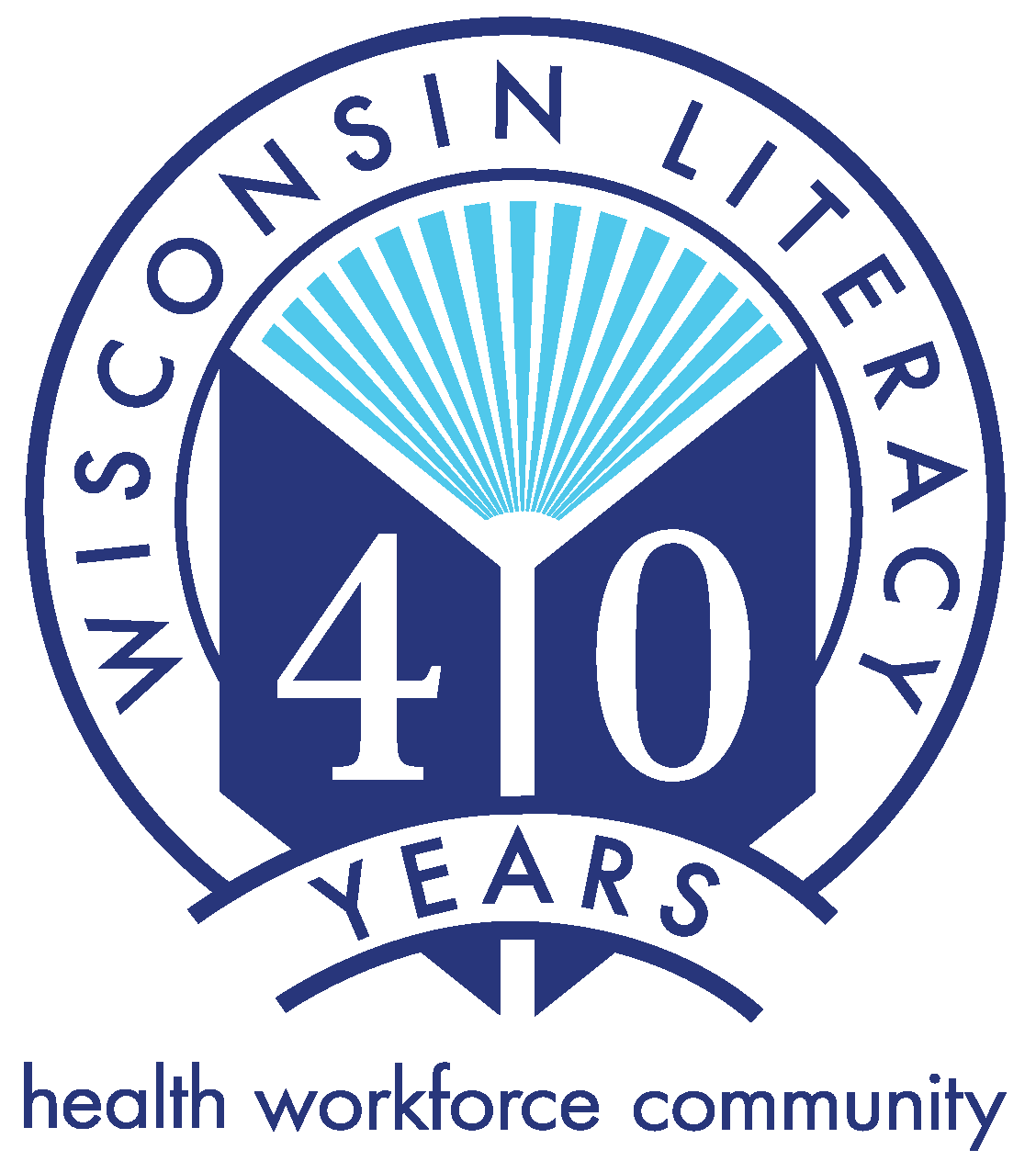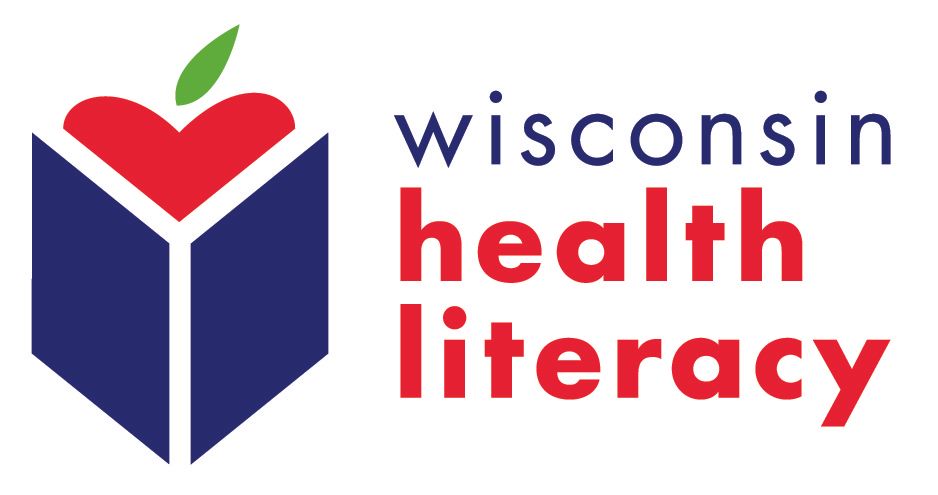A unique partnership between Wisconsin Health Literacy’s Vaccine Community Outreach (VCO) initiative and the Eau Claire-based Black and Brown Womyn Power Coalition (BBWPC) resulted in a dramatic increase in COVID-19 vaccination rates among the Hmong population.
More than 3,000 Hmong people live in Eau Claire County, located in the northwest corner of Wisconsin. Data collected mid-year 2022 showed that only about a quarter of that population had been vaccinated for COVID-19. By October 2022, that number had already doubled; about 53% had obtained the COVID-19 vaccine.
“The project was funded by a Wisconsin Department of Health Services grant focused on meeting needs specifically related to the COVID-19 pandemic,” says Laura Cunningham, VCO Northwest Regional Specialist with Wisconsin Health Literacy. The grant - which began in July 2022 - runs through June 2023. A major goal of the grant included hiring four VCO Regional Specialists. The Specialists work to disseminate COVID-19 vaccination and other health information in collaboration with community partners throughout the state.
The BBWPC is “such an amazing organization,” Laura says. “They do so much for the BIPOC, trans and young folx community in the area. Seeing the good work that they already do, I knew they’d be a good fit for the grant.”
The grant fits with BBWPC’s Power Up Eau Claire program, which “activates people in the community and gives them the information, resources and tools to help them make decisions that impact them and their families,” explained Pa Thao, the Coalition’s Co-Founder and Executive Director.
The coalition faced several challenges:
- COVID-19 misinformation had spread among the Hmong population, creating fears and confusion about the vaccine.
- Information from the local health department was not written in a way Hmong people could understand, and translation is difficult because some English terms have no Hmong translation.
- Written language in Hmong is fairly new, so not many Hmong people can read or write it.
“We worked to make sure the information we put out would be accessible and understandable to someone without a health background,” Pa stated. Tactics included:
- Short public service announcement (PSA) videos.
- Translation of the local health department’s weekly briefings.
- Simple flyers focusing on hand washing and masks.
- Text messages to a database of 1,700 Hmong people in the area.
In addition to sharing resources via social media and text, information was posted in local stores and other places Hmong people visited regularly. Pa says, “I’m really proud of being able to provide information in a way that people can understand and use to make decisions for themselves and their families.”
The success of the outreach effort extended beyond an increase in vaccination rates. “We didn’t set out to be community health workers,” says Pa, “but we are. We can successfully apply what we’ve learned to other health concerns.”
Wisconsin Health Literacy’s VCO Specialists are working with dozens of other community organizations around the state. These partnerships focus on each community’s specific health information and vaccination needs. For more information, visit Wisconsin Health Literacy (wisconsinliteracy.org).

